Cheonghak-dong Etiquette School Seonbi Seodang (청학동예절학교 선비서당)
12.8Km 2024-03-04
60-10 Wonmuk-gil, Cheongam-myeon, Hadong-gun, Gyeongsangnam-do
Cheonghak-dong, located at the foot of the ridge facing Hadong on Jirisan Mountain, is a village inhabited by 200 residents from thirty families. It hosts several seodangs (village schools), among which Seonbi Seodang stands out for its educational programs focusing on etiquette, character development, and Chinese characters. Additionally, the village offers a variety of experience programs, including traditional culture, farming activities, and perseverance training.
Goundonggyegok Valley (고운동계곡)
13.5Km 2025-03-28
Bancheon-ro, Sicheon-myeon, Sancheong-gun, Gyeongsangnam-do
* Please be advised that this is located in one of the areas affected by the recent wildfire (as of March 27, 2025).
** For real-time wildfire information and emergency upates, visit the Korea Forestfire Information website and the National Disaster and Safety Portal.
Goundonggyegok Valley, nestled within Jirisan Mountain, is renowned for its extraordinary beauty. It also has historical significance as a resting place for the esteemed Confucian scholar Choe Chiwon during his journeys around the mountain. Characterized by crystal-clear waters and dense forests, the valley boasts a breathtaking landscape. In the summer, it becomes a sought-after destination for those seeking respite from the heat, while in autumn, its celebrated vibrant foliage draws numerous visitors.
Hadong Wild Tea Cultural Festival (하동 야생차문화축제)
13.7Km 2025-07-11
571-25 Ssanggye-ro, Hadong-gun, Gyeongsangnam-do
+82-55-880-6583
The Hadong Wild Tea Cultural Festival is a fragrant celebration in Hadong, a region renowned for its green tea, historically known as the “king’s tea” due to its royal offerings. The Hadong 1000-Year Dahyang Trail is perfect for leisurely walks, connecting hills and tea fields with decked paths and narrow village roads. Following the successful “World Tea Expo 2023 Hadong, Korea,” the festival solidified Hadong’s reputation as a “tea-refreshing cultural city.” The diverse program includes tea cup busking, moving art galleries, music and art spaces, tea classes, book discussions, meditation and refreshing programs, and trekking on the 1000-Year Dahyang Trail, providing ample opportunity to fully experience Hadong and its tea culture.
◎ 1000-Year Dahyang Trail
Hadong’s proximity to the Seomjingang River results in frequent fog and high humidity, coupled with significant temperature variations, creating an ideal environment for tea cultivation. Historical records indicate that tea has been grown here for a thousand years, marking Hadong as the birthplace of Korean tea cultivation.
Sky Little Kids Pool Villa [Korea Quality]/하늘꼬마키즈풀빌라[한국관광 품질인증]
13.9Km 2023-05-23
1943-15 , Gyeongseo-daero, Hadong-gun, Gyeongsangnam-do
+82-10-3889-7905
Sky Little Kids Pool Villa in Hadong, Gyeongsangnam-do, is an enjoyable pension for families and children where kids can play in safety. It’s a place of toys, play areas, indoor and outdoor swimming pools - and children running freely around!
Jirisan National Park (Hadong Section) (지리산국립공원(하동))
14.0Km 2021-06-24
Hwagae-ro, Hadong-gun, Gyeongsangnam-do
+82-55-883-1750
Designated as the first national park in Korea on December 29, 1967, Jirisan National Park stretches out over 483.022 square kilometers, making it the largest national park among all 22 national parks. It covers Korea’s three southernmost provinces; Gyeongsangnam-do, Jeollanam-do, and Jeollabuk-do, one city, four counties, and 15 districts of eup and myeon. The area in Gyeongsangnam-do has many temples including Ssanggyesa Temple and Chilbulsa Temple, as well as valleys, falls, and other tourism resources.
Piagolgyegok Valley (피아골계곡)
15.9Km 2024-02-02
Piagol-ro, Gurye-gun, Jeollanam-do
+82-61-780-7700
Piagolgyegok Valley is located in Jirisan Mountain between Nogodan and Banyabong Peaks. The name of the valley comes from the crimson red maple leaves that fill the valley in fall. It is also one of the ten most beautiful highlights of Jirisan Mountain. The valley is famous for its fall colors, but it is also a beautiful place to visit all year around, from azaleas in spring to snow-covered rocks in winter.
Near the entrance to Piagolgyegok Valley is the largest temple in Jirisan Mountain, Yeongoksa Temple, and national treasures. The valley is not steep, providing an easy walk for all visitors. The trail stretches 6 kilometers from the ticket booth, and passes many beautiful places like Yeonjudam and Samhongso Pond. At the end of the valley, the trail continues another 2 kilometers up a steep hillside to reach Imgeollyeong Pass.
Gurye Yeongoksa Temple (연곡사 (구례))
16.1Km 2021-02-09
774, Piagol-ro, Gurye-gun, Jeollanam-do
+82-61-782-7412
Yeongoksa Temple is located in Naedong-ri, Gurye-gun and was constructed in 543 by Yeongi, a high Buddhist monk, who also helped create Hwaeomsa Temple. The temple was destroyed during the Imjin War (1592-1598) and the Korean War. In spite of the damage, the temple has continued to house two national treasures and four treasures. Starting from March 1, 1981 with the original Beopdang Hall, the temple began to be rebuilt due to the efforts of the leading monk at the time, Chang Sungbu.
Acording to legend, Yeongi discovered a pond in the current sanctuary area when reading about the land's topography. While he was looking at the middle of the pond, one swallow flew from a whirlpool. After that, the pond began to dry up and the place was then used for the temple. As such, the name Yeongok refers to the phenomenon of "Yeon," a swallow, and "Gok," a valley. There is a memorial plaque for Go Gwang-sun, a patriotic leader who fought against Japanese power during the Japanese colonization period while taking shelter at Yeongoksa Temple
Peepul Hanokstay (연경당)
16.3Km 2024-08-05
13-40 , Jungheung-ro, Gwangyang-si, Jeollanam-do
+82-10-4665-9301
Yeongyeongdang in Gwangyang-si, Jeollanam-do, is a sunny hanok stay set in beautiful scenery with Baekun Reservoir in front and Baekun Mountain behind. Each room has a bathroom with bathtub, traditional ondol heating plus boiler, an AC unit and glass doors and windows to keep it cozy. Cooking is done in the common kitchen, with an outdoor barbecue also available. There is no supermarket nearby, so visitors should bring food with them. (There are vending machines for snacks and drinks in the kitchen.)
Gurye Unjoru Historic House (구례 운조루 고택)
17.5Km 2024-10-29
59, Unjoru-gil, Gurye-gun, Jeollanam-do
+82-61-780-2431
Unjoru Historic House was built in 1776 by Ryu I-Ju, a high government official of the Sam-su Department during the reign of King Yeong-jo. Of the house's original 99 kan (traditional building measurement), only 73 remain today. The name Unjoru means "a hidden house like a bird in the clouds," which was inspired from an old poem written by poet Tao Yuan Ming.
Jirisan History Museum (지리산역사관)
17.5Km 2021-06-15
1438, Hwagae-ro, Hadong-gun, Gyeongsangnam-do
+82-55-880-2954
Jirisan History Museum is located within Jirisan National Park at the start of the hiking course to Byeoksoryeong Pass. Rather a small museum, it provides detailed information about the history of North Korean partisans and the routes that they took throughout the mountain during the Korean War. The museum also exhibits the war relics, lifestyle of the mountain villagers and local produce of Hadong.
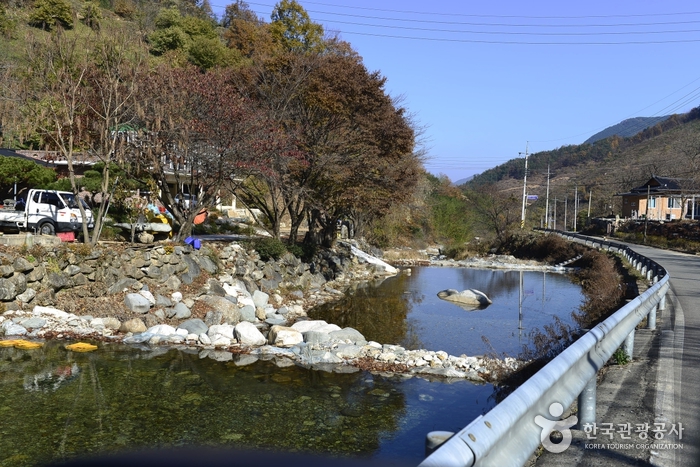
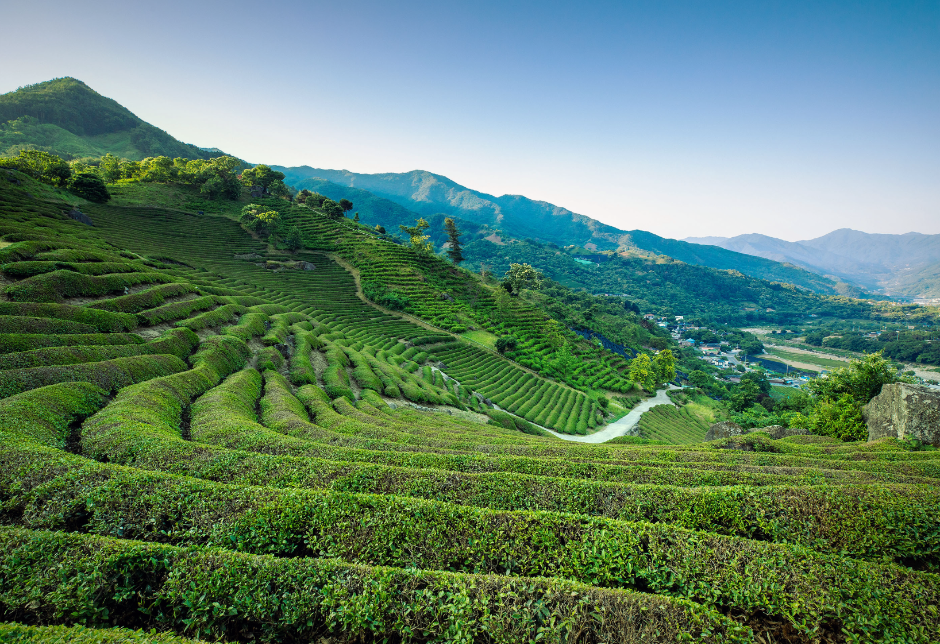
![Sky Little Kids Pool Villa [Korea Quality]/하늘꼬마키즈풀빌라[한국관광 품질인증]](http://tong.visitkorea.or.kr/cms/resource/94/2949194_image2_1.jpg)
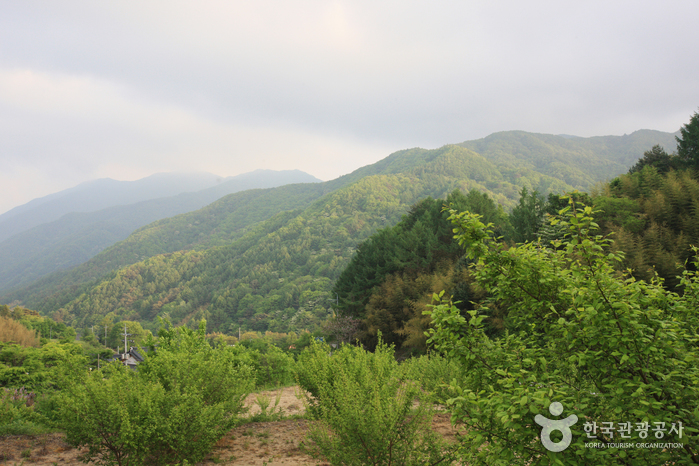

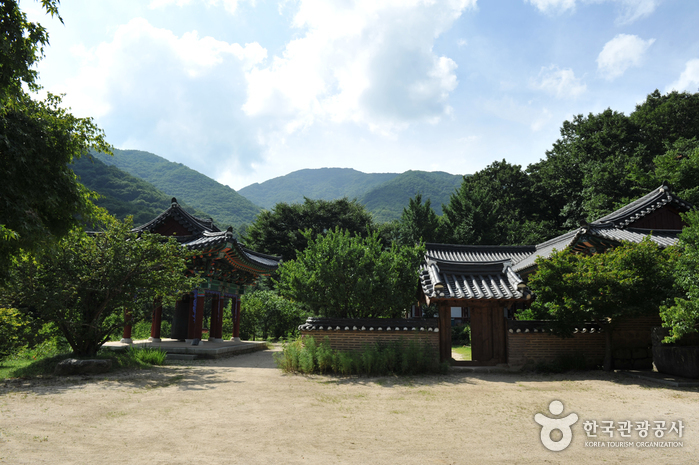
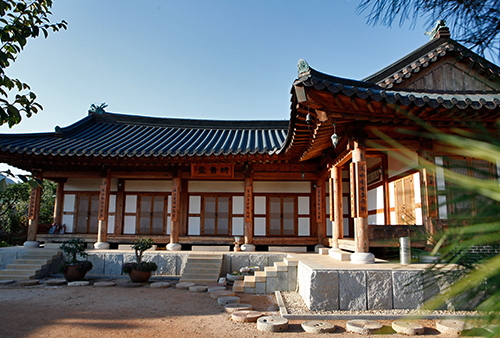
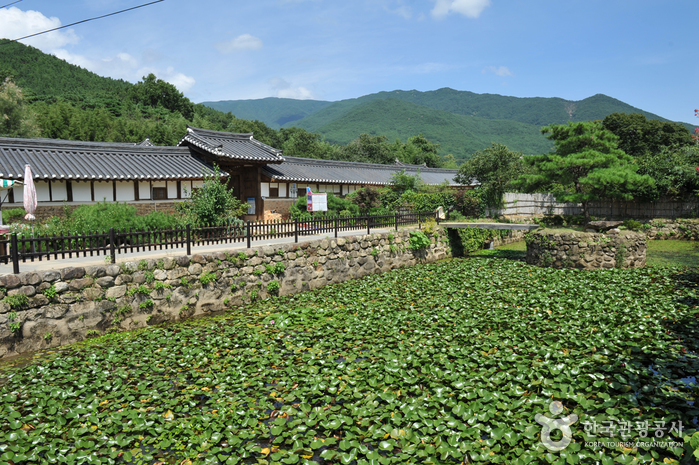
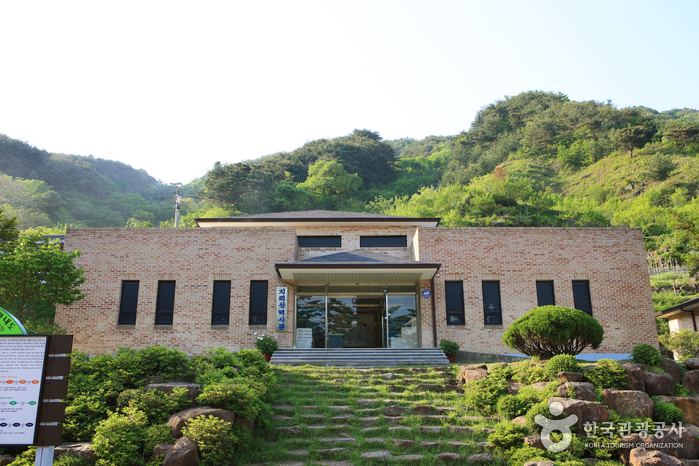
 English
English
 한국어
한국어 日本語
日本語 中文(简体)
中文(简体) Deutsch
Deutsch Français
Français Español
Español Русский
Русский